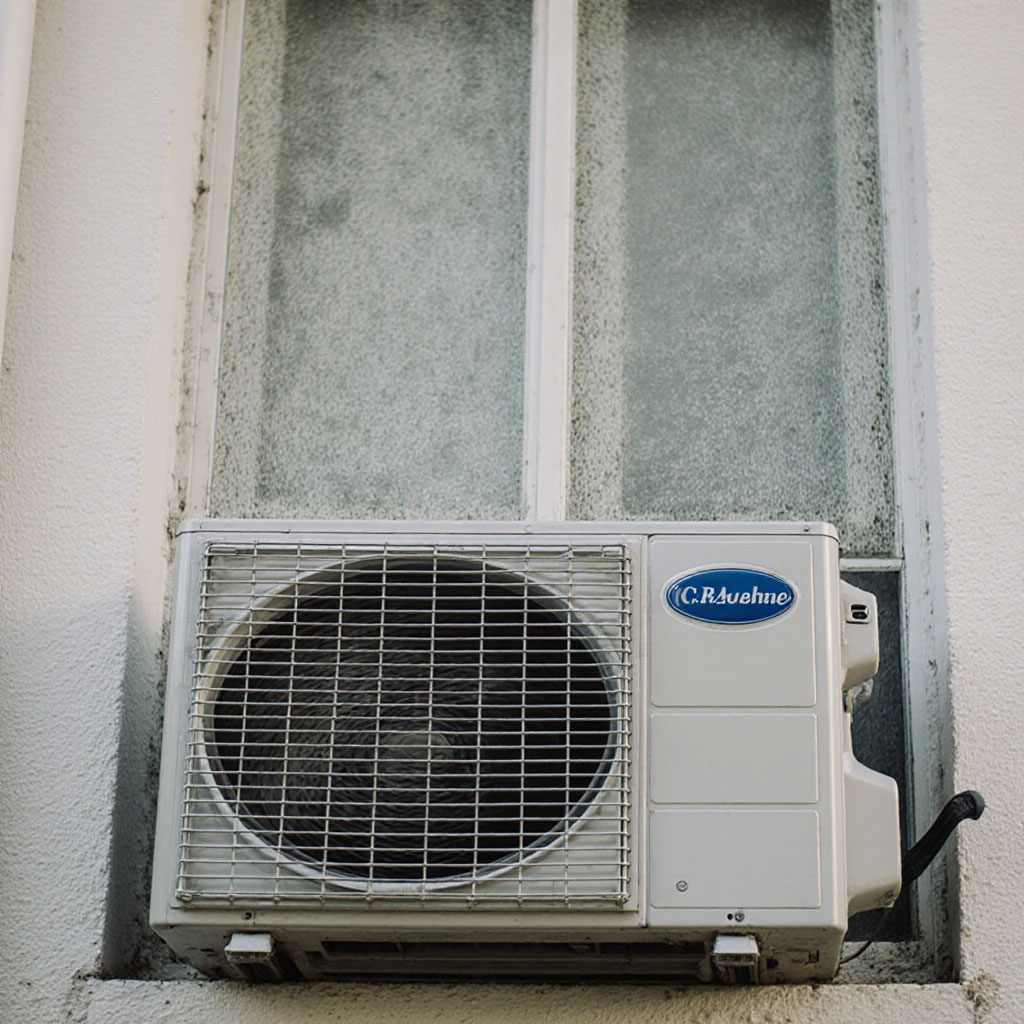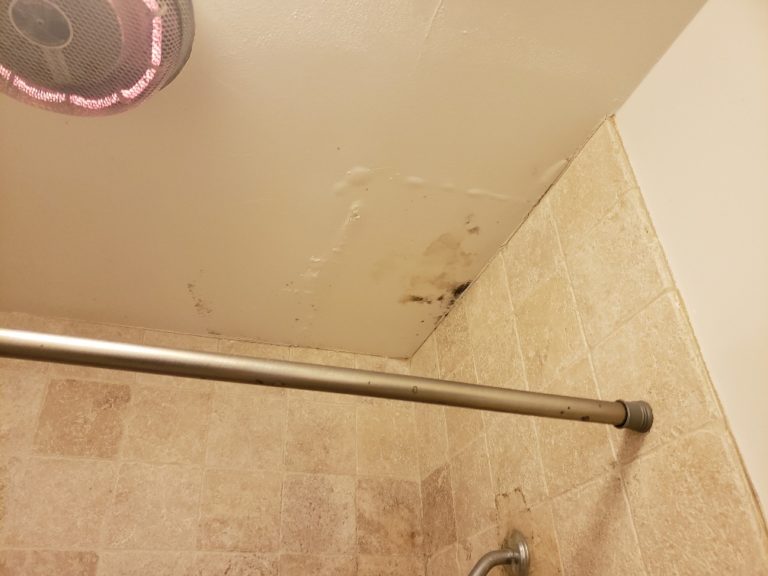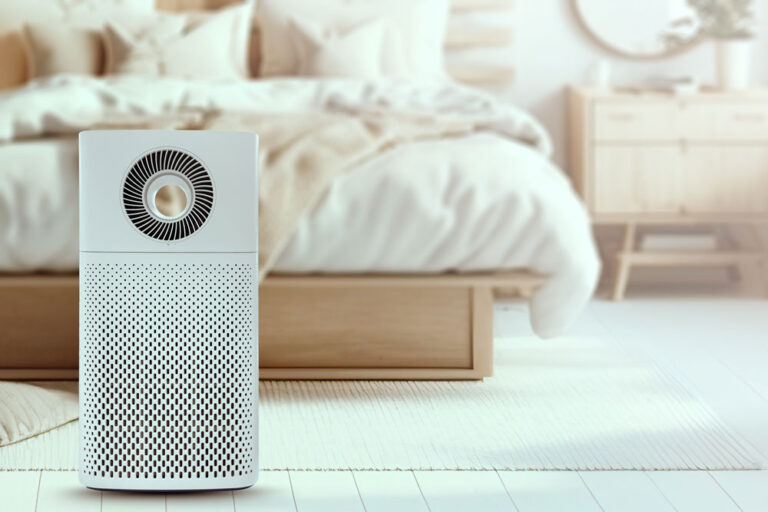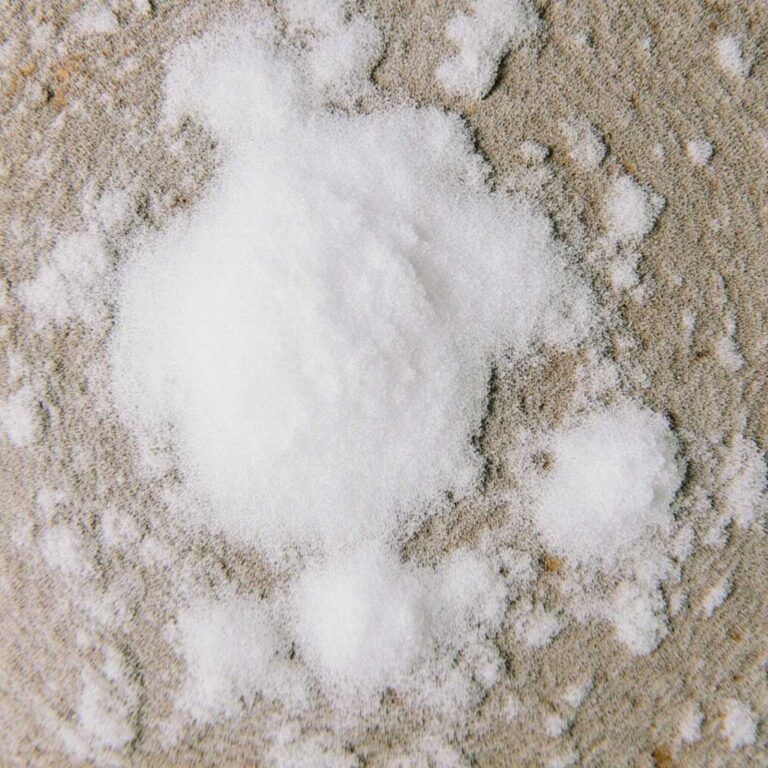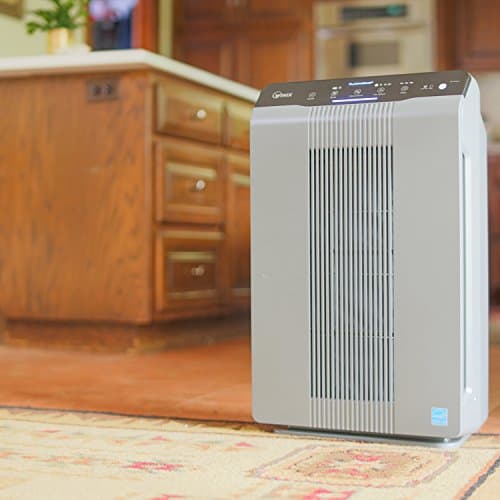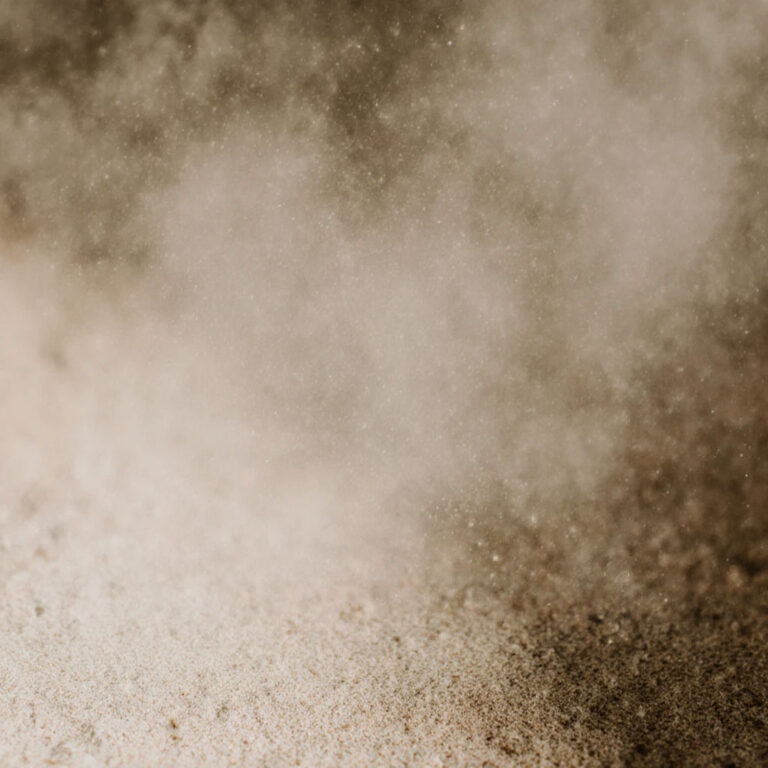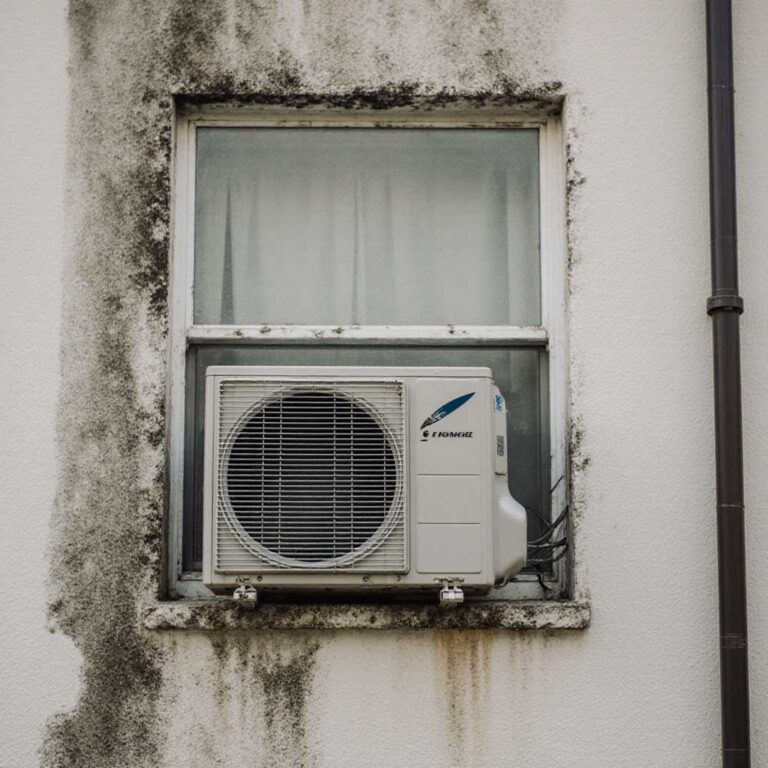When Cool Comfort Turns into a Health Hazard
Your window air conditioner is supposed to make your summers bearable, not make you sick. But in June 2025, a major recall of Midea window AC units made headlines after mold growth inside the machines was linked to improper drainage design. According to The New York Post, thousands of units were pulled from homes across the U.S. after customers reported foul, musty odors, a tell-tale sign of mold.
This incident was more than just a product defect. It was a wake-up call for homeowners everywhere: mold in a window AC isn’t rare, and it isn’t harmless. The U.S. Environmental Protection Agency (EPA) warns that mold exposure can trigger allergy symptoms, worsen asthma, and in some cases cause more severe respiratory illnesses. And because an air conditioner pushes cooled air into every corner of your room, mold inside the unit means you’re essentially blowing contaminated air directly into your lungs.
The good news? Mold in window ACs is preventable but only if you understand exactly how it forms and how to stop it before it takes hold.
How Mold Grows in Window ACs: The Science Behind the Smell
Mold growth isn’t random; it’s the predictable result of four key factors coming together: moisture, organic material, the right temperature, and time.
According to HVAC experts at Trane, here’s how these factors play out inside a typical window air conditioner:
- Moisture: When warm, humid air passes over the cold evaporator coils, condensation forms. Ideally, this water drains away through a pan and outlet. But if the drainage is blocked or the unit isn’t tilted properly, water lingers, creating a damp breeding ground for mold.
- Organic Material: Dust, pollen, pet dander, and other airborne particles collect on filters, coils, and the interior casing. These particles serve as food for mold spores that are always present in the air.
- Temperature: Most household molds thrive at temperatures between 77°F and 86°F (25–30°C); the same comfortable indoor range your AC helps maintain.
- Time: Given the right conditions, mold can establish a colony in as little as 24 to 48 hours, spreading quickly across damp surfaces.
When these four factors align, the result is a perfect storm for mold infestation. Worse still, the AC’s blower fan then disperses mold spores and musty odors throughout your living space.
The takeaway? If you want to keep your air clean, you have to break this chain by controlling moisture, removing organic buildup, and minimizing the time mold has to grow.
Common Causes of Mold in Window ACs
Understanding why mold appears in your window unit is the first step toward stopping it. While every home and climate is different, HVAC professionals and manufacturer guidelines point to a few repeat offenders:
1. Condensation Buildup
Every time your AC runs, warm air meets the cold evaporator coils, creating condensation. This water is supposed to drain away, but even a minor blockage or design flaw can leave it pooling inside the unit. Stagnant water becomes an instant invitation for mold.
2. Dust Accumulation
Air conditioners don’t just cool air. They pull in dust, pollen, pet dander, and other microscopic debris. If filters aren’t cleaned or replaced regularly, this dust settles on the coils, fan blades, and casing. Mold spores use this organic material as their food source, making dust buildup a double threat.
3. Clogged Drain Pans or Lines
The drain pan beneath your coils collects condensation before sending it through a drain line to the outside. Over time, dirt, algae, or even insects can block these channels. Once water has nowhere to go, it overflows or stagnates, creating damp, mold-friendly pockets inside the machine.
4. Improper Tilt or Installation
Most window AC units are designed to sit at a slight backward tilt, usually 1–3 degrees, to encourage proper drainage. If the unit is perfectly level or tilts forward, water can collect inside instead of draining outdoors. A common installation oversight can quickly lead to mold growth.
5. Oversized Units & Humidity Mismatches
An AC that’s too large for the room cools the air so quickly that it shuts off before removing much humidity. This “short-cycling” leaves the air damp and the unit’s interior surfaces moist. High indoor humidity not only fuels mold inside the AC but also increases mold risk throughout your home.
Prevention Strategies (DIY & Pro)
Mold prevention in a window AC isn’t complicated, but it does require consistency. The following strategies combine DIY care with professional maintenance to keep your unit clean, efficient, and mold-free.
Filter & Coil Cleaning Routines
Clean or replace your AC filter every 30–90 days, more often if you have pets or live in a dusty area. Use warm, soapy water or an enzyme-based cleaner to dissolve organic buildup. Coils should be cleaned at least once a season with a coil cleaner designed for air conditioners to prevent debris from trapping moisture.
Tilt Adjustment & Drainage Maintenance
Check that your unit tilts slightly backward (1–3 degrees) to allow water to drain outside. Inspect and clear the drain pan and line monthly during heavy use. Even a thin layer of dirt or algae can block drainage and trigger mold growth.
Fan Drying Cycles
After turning off the cooling function, run the AC on fan mode for 10–15 minutes. This airflow helps evaporate lingering moisture inside the unit, disrupting the damp environment mold needs to grow.
Seasonal Cleaning and Winterizing
At the end of the cooling season, remove and deep clean the filter, coils, and drain pan. Let every component dry completely before storage. Covering or sealing a damp AC for the winter is one of the fastest ways to create a mold outbreak by spring.
Humidity Control in the Home Environment
Aim to keep indoor humidity between 30% and 50% (never above 60%). Use a dehumidifier in humid climates, run exhaust fans in kitchens and bathrooms, and avoid drying laundry indoors when possible. Lower humidity reduces condensation inside the AC and slows mold growth.
Professional Tune-Up & UV Sterilization Options
A yearly professional inspection can catch hidden blockages, drainage issues, and early mold signs. Some HVAC technicians recommend installing a UV-C lamp inside the unit, which can help inhibit mold and bacterial growth on coils and other damp surfaces.
Maintenance Trends & Practical Tips
While the core principles of mold prevention haven’t changed, homeowners are adopting new habits and tools that make a big difference.
Post-Run Fan Drying
More manufacturers now highlight “dry” or “fan-only” modes in their manuals, and for good reason. Running this mode after cooling helps dry the coils and casing, which can be the difference between a fresh-smelling AC and one that reeks of mildew by mid-summer.
Enzyme vs. Bleach Cleaners
Discussions on homeowner forums (including Reddit’s r/AirConditioners) reveal a shift toward enzyme-based cleaners over bleach. Enzymes break down mold’s food sources without corroding coils or creating harmful fumes, while bleach is better reserved for non-sensitive, non-metallic surfaces.
DIY Mold Inhibitors
Some DIYers swear by products like Concrobium or polymer-based protective coatings, which create a barrier that discourages mold spores from settling on coils and casings. These can be effective when combined with regular cleaning, though they’re not a substitute for moisture control.
Recognizing When to Replace the Unit
If your AC repeatedly develops mold despite thorough cleanings, or if mold has penetrated foam insulation and internal components you can’t access, replacement may be the safest choice. Inexpensive, older models without removable casings are especially prone to unreachable mold buildup.
FAQ: Your Window AC Mold Questions, Answered
Q1: How do I prevent mold from growing in my window AC?
To prevent mold growth, follow a consistent routine: clean or replace your filter every 30–90 days, spray coils with a commercial coil cleaner, clear any clogged drains, ensure the unit tilts slightly backward (1–3°), and run the fan mode for 10–15 minutes after cooling. Maintaining indoor humidity below 60% also disrupts mold development.
Q2: Why does my window air conditioner smell musty?
A musty odor is a sign of mold or mildew thriving inside the AC. This usually occurs because of condensation buildup, dust accumulation, and poor drainage that create damp, warm environments ideal for mold spores.
Q3: Is enzyme cleaner better than bleach for AC coil cleaning?
Yes. Enzyme-based cleaners are safer and more effective for coils. They break down organic deposits without corrosion or releasing harsh fumes. Bleach can be used sparingly on non-metal parts, but it isn’t ideal for sensitive components.
Q4: Can I install a UV sterilization system in my window AC?
While UV-C sterilization is more common in central HVAC systems, some professionals install compact UV lamps inside window units to suppress microbial growth. If offered, it can add a layer of mold prevention, but it should complement, not replace, routine cleaning and moisture control.
Q5: When should I replace my moldy window AC unit?
Replace the unit if mold recurs despite cleaning, especially when spores have penetrated internal insulation or foam you can’t reach. Also consider replacement if the AC is old, lacks removable parts, or continues short-cycling without humidity control.
Final Word on Window AC Mold Prevention
Mold in window air conditioners is a common issue that’s entirely preventable. By applying the strategies detailed above, such as filter and coil cleaning, drainage maintenance, fan drying cycles, humidity control, and professional tune-ups, you can eliminate mold risk while improving air quality and extending the unit’s lifespan.
Want More? Check Out These Related Reads on The Mold Facts
Learn how pros use thermal cameras to spot invisible leaks and moisture problems before they turn into full-blown mold infestations.
Discover why a true HEPA filter is your best defense against mold spores circulating in your home’s air.
Understand the differences, limits, and best uses of home test kits compared to professional mold inspections.
See why catching mold at the foundation stage can save you from costly structural damage and health risks.
Explore top-rated sprays designed to stop mold before it starts. They’re perfect for bathrooms, basements, and damp areas.


